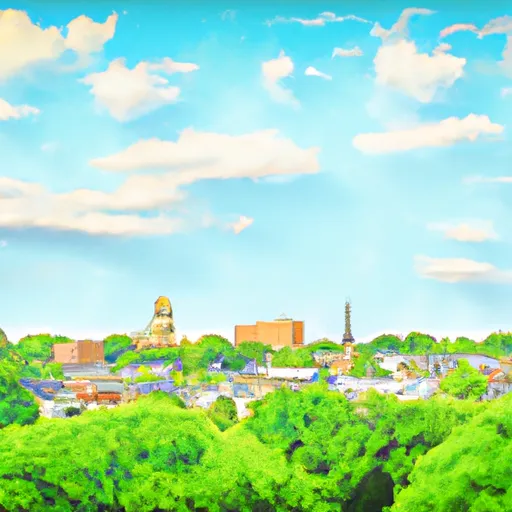°F
°F
mph
Windspeed
%
Humidity











Glenwood, Iowa is a small town located in Mills County, with a population of around 5,300 residents. The town experiences a humid continental climate, with hot summers and cold winters. The average temperature in summer months is around 80°F, while winter temperatures can drop below freezing. Glenwood is situated near the Loess Hills and the Missouri River, making it a rich area for hydrology constituents. Outdoor enthusiasts can enjoy hiking, camping, and fishing at the nearby Waubonsie State Park, which offers stunning views of the surrounding area. The Glenwood Lake Park is also a popular spot for boating, swimming and other water-based activities.
Weather Forecast
Glenwood receives approximately 835mm of rain per year, with humidity levels near 83% and air temperatures averaging around 11°C. Glenwood has a plant hardyness factor of 5, meaning plants and agriculture in this region thrive during a short period during spring and early summer. Most plants will die off during the colder winter months.
Regional Streamflow Levels
24,000
Cubic Feet Per Second
149
Cubic Feet Per Second
30
Cubic Feet Per Second
23
Cubic Feet Per Second
Nearby Camping
| Camping Area | Reservations | Toilets | Showers |
|---|---|---|---|
| Sabetha Lake | |||
| Waubonsie State Park | |||
| Riverview Marina State Rec Area | |||
| Pony Creek Lake | |||
| Verdon Lake State Rec Area | |||
| Offutt AFB Military |



